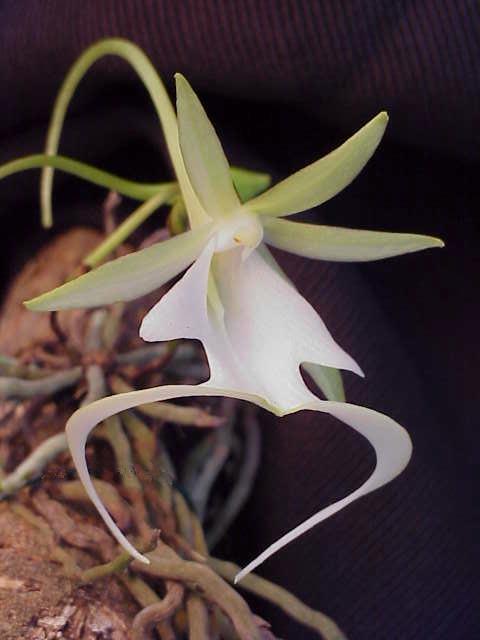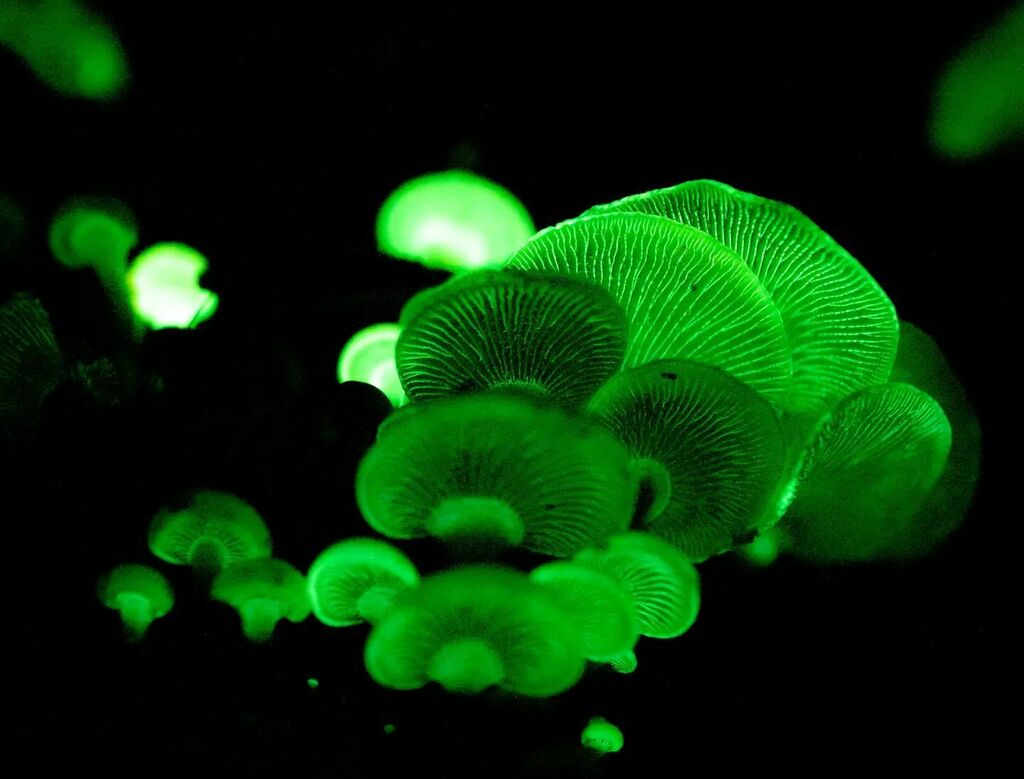In the verdant tapestry of the natural world, certain botanical marvels shine—quite literally. Bioluminescent plants, with their ethereal glow, captivate the imagination and illuminate the mysteries of nature. From the depths of dense forests to the murky depths of the ocean, these luminous wonders offer a glimpse into the extraordinary adaptations evolved by living organisms. Join us on a journey into the enchanted realm of bioluminescent flora.
The Science Behind the Glow
Bioluminescence, the ability of living organisms to produce light through chemical reactions, is a phenomenon found in various organisms, from fireflies to deep-sea creatures. In plants, bioluminescence often occurs as a result of interactions between enzymes, substrates, and oxygen within specialized cells called photocytes.
One of the most renowned examples of bioluminescent plants is the dazzling Ghost Orchid, known for its ghostly luminescence amidst the darkness of tropical forests. In this orchid, light emission is believed to be triggered by a complex interplay of biochemical processes, although the exact mechanism remains a subject of scientific inquiry.

Bioluminescence in Nature
Bioluminescent plants are not confined to the realms of science fiction or the pages of fantasy novels; they exist in our world, albeit in rare and often remote locations. In the depths of the ocean, phytoplankton such as dinoflagellates create breathtaking displays of bioluminescence, turning waves into shimmering seas of light.
In terrestrial environments, certain fungi, like the Panellus stipticus or “Bitter Oyster,” emit a soft, greenish glow, adding an otherworldly aura to forest floors. Even the humble Jack-O’-Lantern mushroom, found in North American woodlands, possesses bioluminescent properties, casting an eerie light in the darkness.

Ecological Significance
Beyond their aesthetic appeal, bioluminescent plants play vital ecological roles. In marine ecosystems, bioluminescent organisms may use light as a means of communication, defense against predators, or attracting prey. For plants, the ecological significance of bioluminescence is less clear, although it may contribute to processes such as seed dispersal or deterring herbivores.
Conservation and Future Prospects
Despite their enchanting allure, bioluminescent plants face threats from habitat destruction, pollution, and climate change. Conservation efforts are essential to safeguard these botanical treasures and the ecosystems they inhabit. Additionally, ongoing research into the biochemical mechanisms of bioluminescence holds promise for applications in fields such as biotechnology and environmental monitoring.
Conclusion
Bioluminescent plants stand as luminous beacons of nature’s creativity and resilience. Their shimmering glow reminds us of the boundless wonders awaiting discovery in the natural world. As we continue to explore and protect our planet’s biodiversity, may these illuminated gardens continue to inspire wonder and awe for generations to come.
Appreciating the commitment you put into your website and in depth information you offer. It’s nice to come across a blog every once in a while that isn’t the same old rehashed information. Fantastic read! I’ve saved your site and I’m including your RSS feeds to my Google account.
I was wondering if you ever thought of changing the page layout of your site? Its very well written; I love what youve got to say. But maybe you could a little more in the way of content so people could connect with it better. Youve got an awful lot of text for only having one or two images. Maybe you could space it out better?
I want reading through and I conceive this website got some truly useful stuff on it! .
Does your website have a contact page? I’m having problems locating it but, I’d like to shoot you an e-mail. I’ve got some ideas for your blog you might be interested in hearing. Either way, great blog and I look forward to seeing it improve over time.
Would love to incessantly get updated outstanding blog! .
Good – I should certainly pronounce, impressed with your website. I had no trouble navigating through all the tabs as well as related information ended up being truly simple to do to access. I recently found what I hoped for before you know it at all. Reasonably unusual. Is likely to appreciate it for those who add forums or anything, website theme . a tones way for your client to communicate. Excellent task.
I have been checking out many of your stories and i can state pretty nice stuff. I will definitely bookmark your blog.
I like this web site very much, Its a real nice post to read and incur information.
Hi, Neat post. There’s a problem with your site in internet explorer, would check this… IE still is the market leader and a good portion of people will miss your great writing because of this problem.